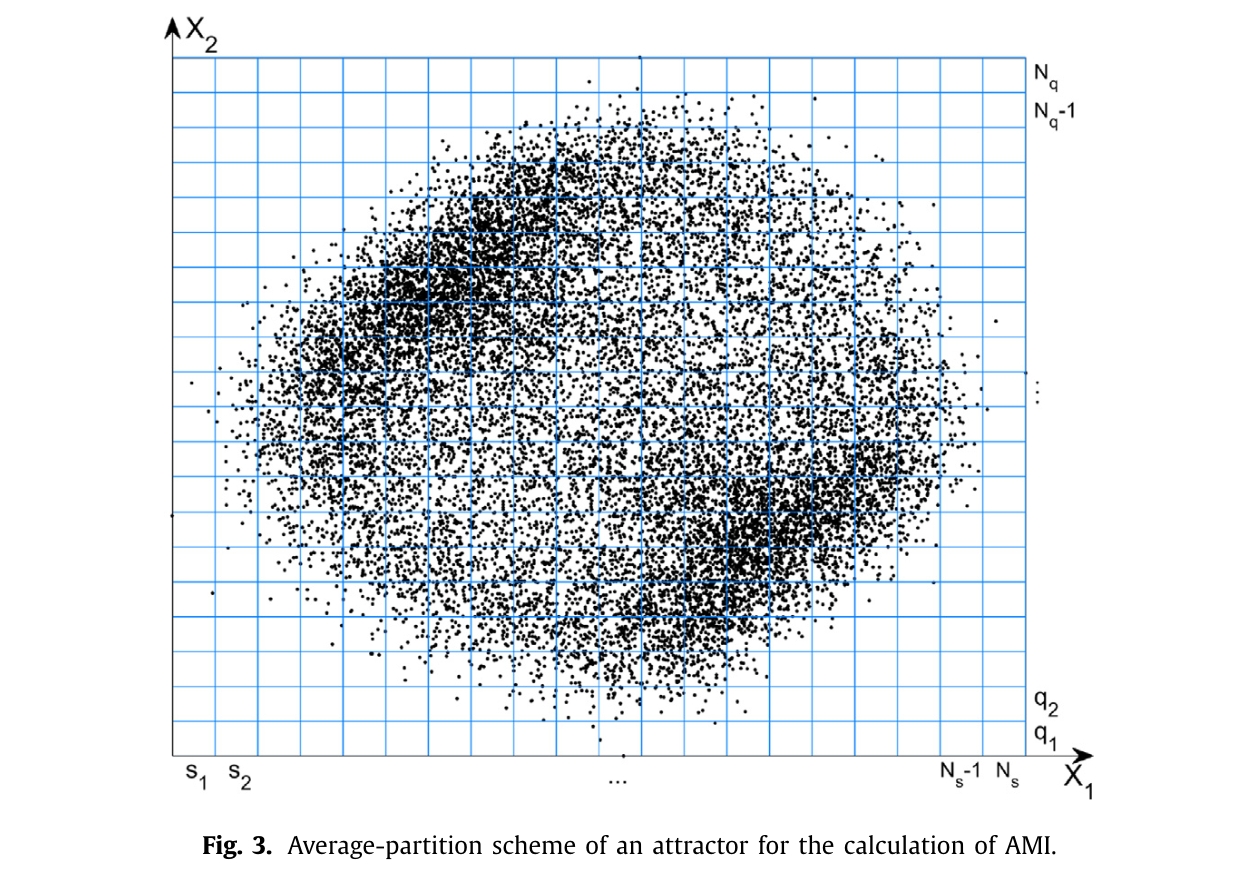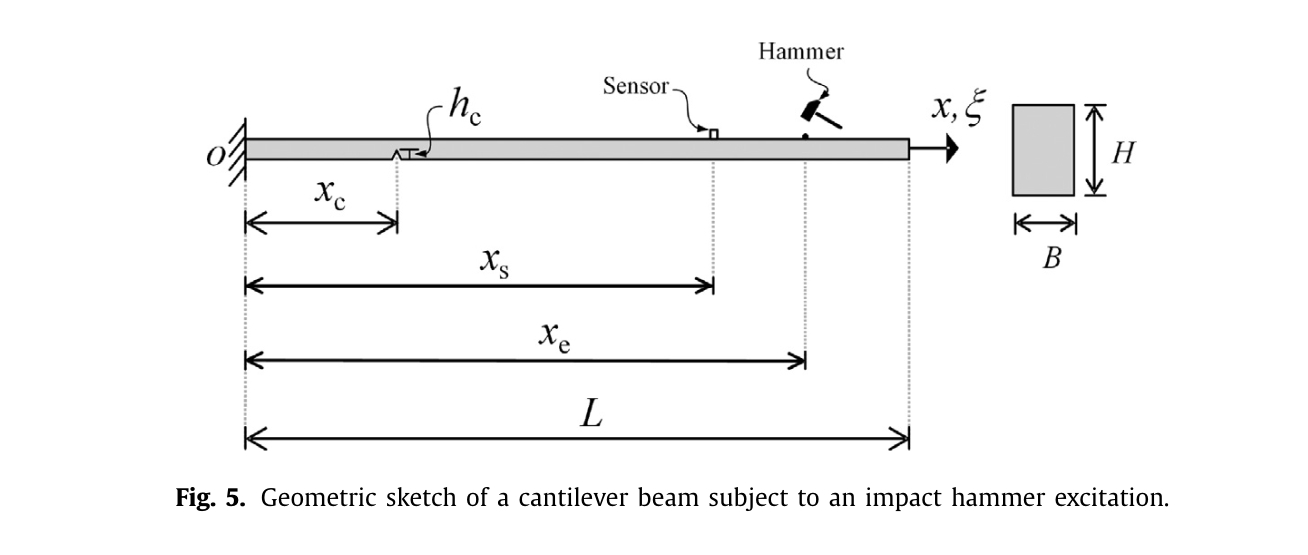A multiscale reconstructed attractors-based method for identification of structural damage under impact excitations
Vibrational responses-based damage identification has been widely investigated in recent decades. Different from existing studies that process vibrational responses in time, frequency, or time-frequency domains, a newly emerged reconstructed attractor-based damage identification is becoming a novel strategy for damage identification from vibrational responses. In this aspect, reported studies to date demonstrate the dependence of the efficacy of this method on the tuned chaotic excitation quantified by the Lyapunov exponents. Nevertheless, the tuned chaotic excitation is not always actualized for a complicated engineering structure in reality, seriously hindering the application of the method. To conquer this problem, this study retrofits the conventional reconstructed attractor by introducing multiscale analysis offered by the stationary wavelet transform into phase space reconstruction of attractors. Such a retrofit leads to a novel quantity of multiscale reconstructed attractors (MRAs) that consist of a set of attractors reconstructed on individual scales of vibrational responses. The MRAs characterize structural damage from the compound variations of a set of attractors topological trajectories, termed the MRAs-based prediction error. Compared with the conventional reconstructed attractor, the MRAs-based prediction error features detecting structural damage with great accuracy and strong noise immunity, and especially no need for tuned chaotic excitation. The feasibility of the MRAs in damage identification are numerically verified and its effectiveness are experimentally validated on cantilever beams. The proposed method expands the applications of reconstructed attractors from vibrational responses on structural health monitoring.



DOI: 10.1016/j.jsv.2020.115925